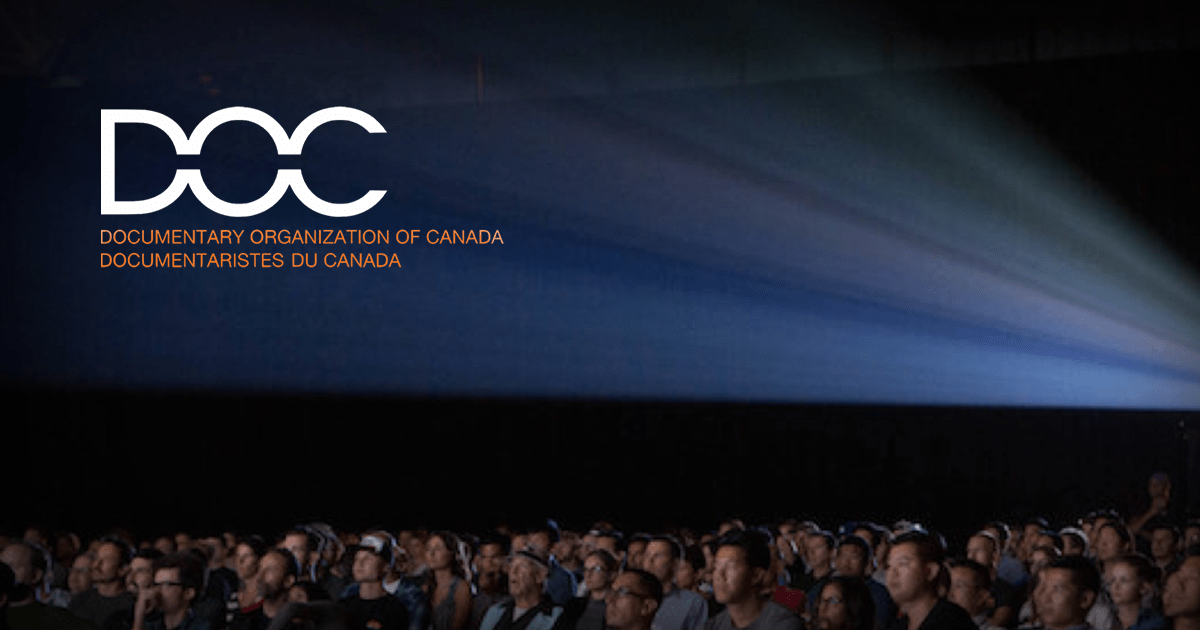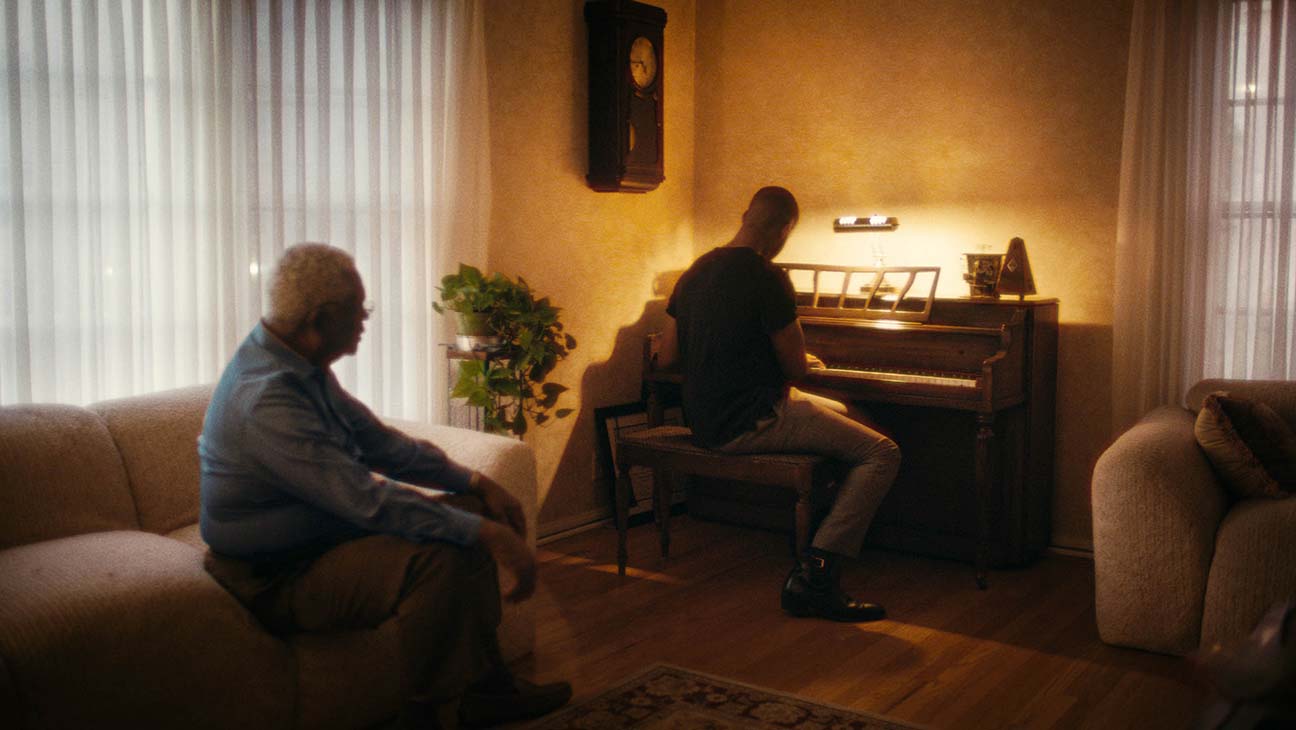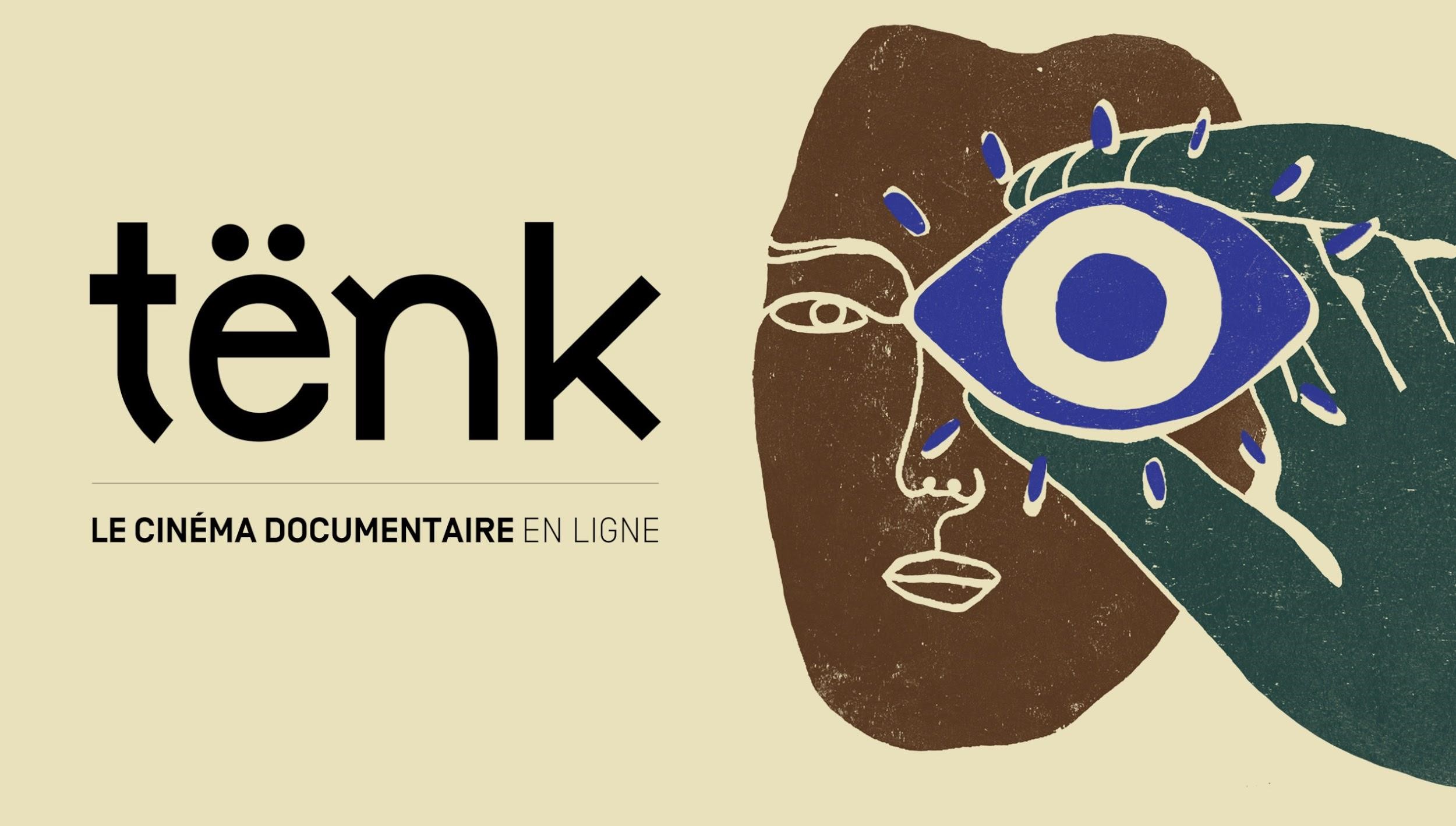he National Film Board of Canada’s recently released strategic plan advertises a filmmaker-forward agenda. However, some filmmakers feel they still aren’t being heard. The Documentary Organization of Canada (DOC) released this week a response to the NFB’s strategic plan. DOC’s concerns mainly consider the ongoing decline in production spending—a point emphasized by filmmakers during the NFB’s cross-Canada consultations held pre-COVID.
Sarah Spring, DOC’s executive director, says there’s a gap between what the NFB says and what the numbers state. “The money that went for external production declined another 1.5% in fiscal 2019-2020,” explains Spring.
Drawing upon numbers obtained by the group ONF–NFB Creation via an access to information request, DOC notes a decline in spending for external productions during the period when Government Film Commissioner and Chairperson Claude Joli-Coeur told filmmakers during these town halls that production spending wouldn’t see further reductions. Spring notes that the NFB’s strategic plan commits to more investment in production on the assumption of increased support from Canadian Heritage, but that addition is speculative.
These “external productions,” a term also used by the filmmakers of ONF–NFB Creation, distinguish cases where NFB money goes towards independent filmmakers and not for infrastructure costs. Spring worries that if the Heritage money doesn’t materialize and production spending doesn’t increase, then the plan “is not about restructuring the Film Board as it exists right now.”
Spring says that the observed decline in production spending dates back to 2002, which the numbers from ONF–NFB Creation support, and that restoring production spending needs to be the top priority of the strategic plan whether or not new money comes in. She points out that external productions have absorbed more than the entirety of the reductions in government funding to the NFB. Public money for the NFB dropped by $18.4 million since 2002, while spending on external productions fell by $19.4 million, with both figures adjusted for inflation. “The NFB needs to put money that they currently have back into external production, whether or not they get new money from the federal government, because this is a show of good faith,” adds Spring.
“If there is new money from Heritage, it should go 100% toward independent filmmakers who are doing productions with the National Film Board,” says Spring. (During an interview with POV in December 2020, Joli-Coeur noted that 50% of new money would go to production.) “DOC wants to see a firm commitment to putting money back into external production.”
Additionally, DOC says that filmmakers need to be included as the NFB reconfigures governance. Spring expresses a concern that Joli-Coeur holds both of the top positions. She stresses that everyone benefits from distinctions in governance. “There are people at the heart of the National Film Board who understand the needs of filmmakers…[and why they require this] kind of transparency,” explains Spring. “We want to understand where the power should lie within the structure. Who’s deciding what films are being programmed? Who’s deciding the creative direction of the Film Board? It’s the board of trustees in many ways, so we want to see filmmakers having two guaranteed seats on the board of trustees, and we want to see the board of trustees commit to racial equity on the board.” (DOC noted other concerns regarding equity and inclusion, some of which may be addressed in the NFB’s forthcoming diversity, equity, and inclusion plan.)
Spring says that the NFB’s Indigenous Action Plan could offer a viable model towards diversifying the talent behind Film Board productions along with more transparency in the reporting of numbers. Spring cites the commitment in the Indigenous Action Plan to allot a fixed percentage of NFB spending (15%) towards Indigenous projects. “If that did happen, it would be useful moving forward to talk about fixed percentages of production spends towards racialized filmmakers, towards transgender filmmakers,” explains Spring. She adds that another facet of the Indigenous Action Plan that needs reporting is the success of the NFB’s commitment to representational parity in hiring specific to Indigenous persons. With Indigenous persons accounting for 4% of Canada’s population at the creation of the plan, that accounted for a goal of 16 job positions the NFB had to fill by 2025. However, according to the NFB’s reporting as of June 2020, Indigenous persons account for 0.8% of staff—approximately two staff members.
“They have the freedom to be creative and affect change and be leaders,” observes Spring. “If they’re doing these steps, which are all interesting ideas, how did they work? Can we have some communications and transparency about what those steps are?” Spring gives credit to the NFB for being ahead of the curve on its Indigenous Action Plan and efforts for inclusion, but says that more transparency in reporting can encourage other power players in the industry to adopt similar practices.
“The National Film Board serves an incredibly important role in Canada,” observes Spring. She says that the NFB is an environment that established and nurtured the careers of many filmmakers. “What DOC is saying, and what a lot of other filmmaker groups are saying, is that the NFB is getting off track. The Film Board needs to be revitalized and it needs to switch direction.”
Read DOC’s response to the NFB Strategic Plan here.













